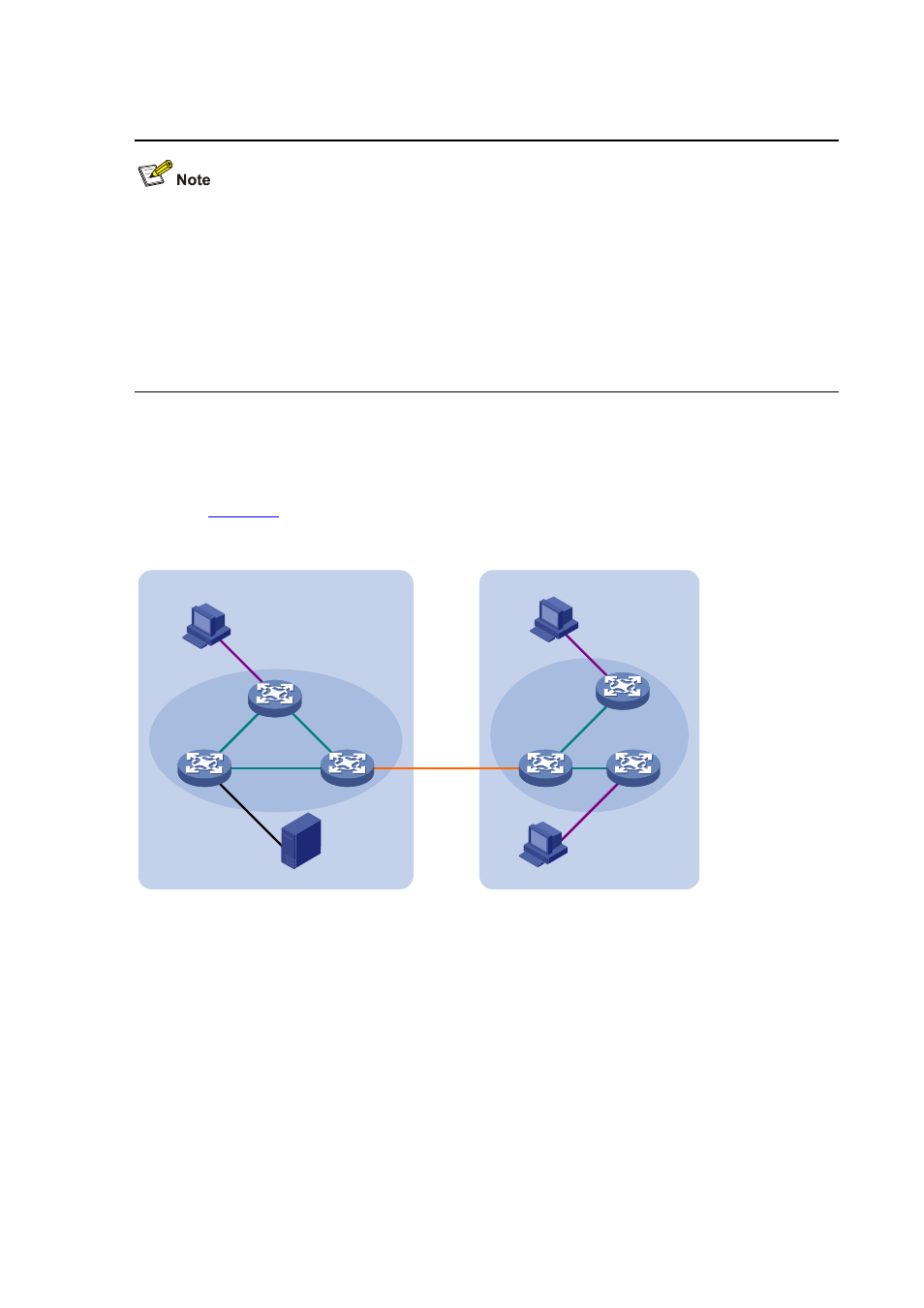Multicast protocols, Layer 3 multicast protocols – H3C Technologies H3C S5120 Series Switches User Manual
Page 303

1-9
Multicast Protocols
z
Generally, we refer to IP multicast working at the network layer as Layer 3 multicast and the
corresponding multicast protocols as Layer 3 multicast protocols, which include IGMP, PIM, MSDP,
and MBGP; we refer to IP multicast working at the data link layer as Layer 2 multicast and the
corresponding multicast protocols as Layer 2 multicast protocols, which include IGMP Snooping,
and multicast VLAN.
z
This section provides only general descriptions about applications and functions of the Layer 2 and
Layer 3 multicast protocols in a network..
Layer 3 multicast protocols
Layer 3 multicast protocols include multicast group management protocols and multicast routing
protocols.
describes where these multicast protocols are in a network.
Figure 1-5 Positions of Layer 3 multicast protocols
AS 1
AS 2
Source
Receiver
Receiver
Receiver
PIM
PIM
MSDP/MBGP
IGMP
IGMP
IGMP
1) Multicast management protocols
Typically, the internet group management protocol (IGMP) is used between hosts and Layer 3 multicast
devices directly connected with the hosts. These protocols define the mechanism of establishing and
maintaining group memberships between hosts and Layer 3 multicast devices.
2) Multicast routing protocols
A multicast routing protocol runs on Layer 3 multicast devices to establish and maintain multicast routes
and forward multicast packets correctly and efficiently. Multicast routes constitute a loop-free data
transmission path from a data source to multiple receivers, namely, a multicast distribution tree.
In the ASM model, multicast routes come in intra-domain routes and inter-domain routes.
z
An intra-domain multicast routing protocol is used to discover multicast sources and build multicast
distribution trees within an AS so as to deliver multicast data to receivers. Among a variety of